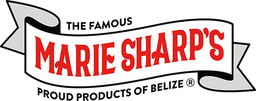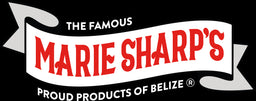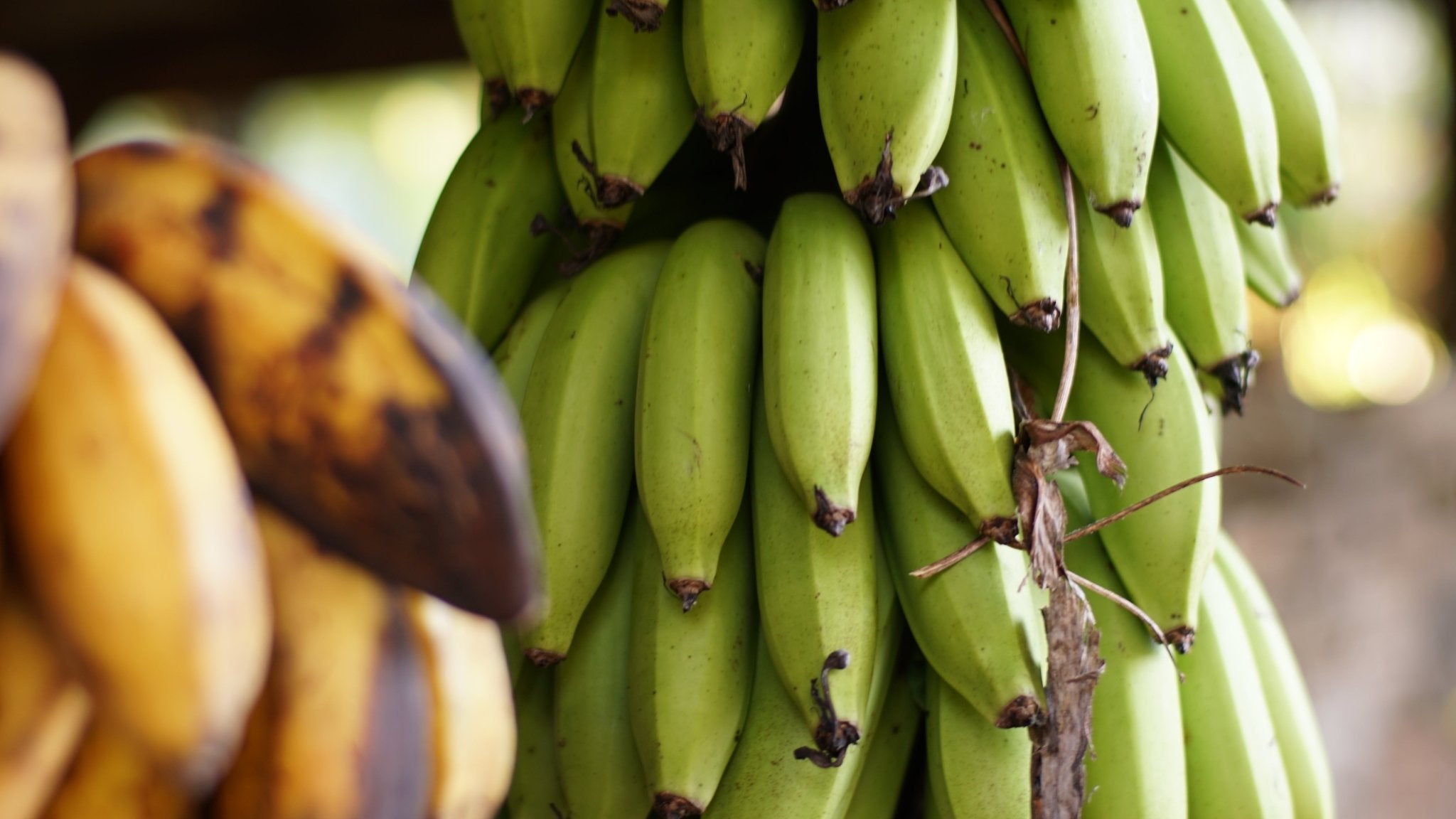
Strange Fruit: Facts about Belize Bananas
By Lan Sluder
• Unlike other fruit, where variety is a virtue, bananas grown commercially for export are nearly all of one type. All Belize bananas, like those grown elsewhere for export, are Cavendish, a variety originally from China – 99% of production for export is Cavendish, particularly the Grand Naine (Big Dwarf) cultivar. The typical Cavendish plant produces around 200 bananas a year and lives for three or four years.
• Until the 1960s, Gros Michel was the variety grown in Belize and nearly everywhere else. The Michel is a creamier, tastier, larger and less fragile variety than Cavendish. Its great weakness is its susceptibility to Panama disease, a fungal disease that wiped out banana plantations all over the Caribbean and Central and northern South America, including Belize, and also to Black Sigatoka disease. The last Gros Michel was shipped to the U.S. in 1965.
• Banana production began in Belize (then British Honduras) in the late 19th century, but the industry was nearly put out of business in the 1920s and 1930s due to Panama disease and Cercospora leaf blight. The citrus industry in Stann Creek District grew out of the problems of the banana industry in Belize.
• A new and more virulent version of the Panama disease, now raging in Asia and Africa, is expected to reach Belize and Central American within the next 10 years. If and when it does, it could at least temporarily wipe out the banana industry in Belize again.
• A few individuals literally created the modern banana industry in Central America from scratch. Until the late 19th century, bananas were only luxury items in the United States and Europe. Bananas were mostly grown in the Caribbean, especially Jamaica. But land there was limited. Central America was perfect for banana production, but few bananas (except plantains) were grown there. Minor Keith, a Brooklyn-born Texas rancher who built the San José-Limon railroad in Costa Rica, came to own hundreds of thousands of acres of land in Costa Rica and single-handedly developed the Costa Rican banana industry. He began growing bananas, and exporting them to the U.S. through New Orleans. Soon he expanded his banana plantations to Panama and Colombia. A financial setback required Keith to merge with Andrew Preston’s Boston Fruit Company. The result was the United Fruit Company. While it competed with Standard Fruit, which was founded in New Orleans, Fyffes and other fruit companies, United Fruit quickly came to dominate banana production in much of Central America and northern South America.
• United Fruit and Standard Fruit made the banana, virtually unknown in the U.S. until after the Civil War, the number one selling fruit in America and most of the rest of the developed world. It cost less, and still costs less, than temperate-climate fruits like apples that are grown much closer to their markets.
• United Fruit and Standard Fruit achieved industry dominance using a formula that hasn’t changed for over 100 years: Produce a single type of banana on a large scale, control international transportation and distribution, and keep labor and other costs low. Today, United Fruit is called Chiquita Brands International; Standard Fruit is now Dole Food Company. After Chiquita lost its corporate way and went through a bankruptcy, Dole became the world’s leading banana company.
• Fyffes, originally an English company and a subsidiary of United Fruit, and now an Irish company, has dominated banana exports from Belize since United Fruit abandoned production in British Honduras in the 1920s and 30s due to Panama disease. Fyffes ships bananas to Europe.
• Belize escaped the fate of many other Central and northern South American countries – military invasions by the U.S. to support United Fruit and Standard Fruit interests and to put down unionization efforts by banana workers. U.S. military invasions took place in Honduras, Colombia, Guatemala, Nicaragua and elsewhere, and most infamously in Guatemala in 1954, when the CIA and United Fruit removed the elected president, leading to decades of oligarchic and military iron fist rule, eventually resulting in the death of some 100,000 Maya.
• Belize banana plants are not trees or shrubs but herbs, and the fruit are giant berries.
• Some Biblical scholars believe the forbidden fruit in the Garden of Eden was the banana, not the apple.
• Belize bananas have no seeds – that’s true of bananas grown commercially anywhere in the world. All commercially exported bananas are essentially clones of each other.
• Belize bananas, like all Cavendish bananas, remain green until picked, when they begin to ripen. Ripening takes about seven days, unless artificially delayed.
• Belize’s first and only railroad line, the Stann Creek Railway, was built during 1911-1914 to transport bananas between United Fruit Co.’s Middlesex Estate and Stann Creek Town (now Dangriga). It operated until 1937.
• Belize today has over 6,000 acres in banana production, mainly in Stann Creek and Toledo districts. This compares with around 44,000 acres in orange and grapefruit production.
• The banana split was invented in 1904, either in Ohio or Pennsylvania (different towns claim to have been the place where it was invented.)
• Belize exported 4.5 million 40-pound boxes, or around 90 tons, of bananas in 2010, with a value of US$35 million, primarily to the European Union. By contrast, Ecuador exports about 3,500,000 tons. In most years, bananas are the third-largest agricultural export from Belize, after citrus juice and sugar.
• Bananas originated in Asia. Wild bananas are native to much of the Indian subcontinent and South Asia, and the first bananas may have been domesticated in Papua New Guinea or possibly Malaysia.
• India is the world’s largest producer of bananas, and it has the largest number of varieties – over 670 – but nearly all production in India is for domestic consumption, not export.
• The term “banana republic” was coined by O. Henry (who is buried in Asheville, NC) in 1905.
• A pesticide called Bordeaux mixture to control Sigatoka disease was the first chemical fungicide widely used in Central America. It was sprayed on bananas at the rate of 250 gallons per acre 20 to 30 times a year. It worked, but unfortunately it had a side effect: Banana workers turned blue, lost their sense of smell, and many died.
• So far there are no GMO bananas, and it has been difficult for scientists to field test genetically altered bananas that might be resistant to Panama disease and other maladies. Only Uganda has permitted testing of GMO bananas. Yet bananas are a low-risk GMO crop, since bananas are sterile. Many banana specialists claim that a better engineered banana is sorely needed, especially in Africa, where bananas are a major food crop but local banana production has declined by 60% due to Panama disease and other banana diseases.
• Organically grown bananas, mostly grown by Dole in Ecuador, are becoming popular with consumers – they look just like conventionally grown bananas and only cost a little more. It’s unlikely that Belize will ever grow organic bananas, because in order to avoid Black Sigatoka and other diseases they have to be grown at higher elevations.
Sources: Banana, The Fate of the Fruit That the Changed the World by Dan Koeppel, and other research on the banana.
Marie Sharp's Banana Jam is made from NATURALLY RIPENED BELIZEAN BANANAS
Banana Ripening Process in the United States Banana ripening. It's a gas - by Armand Lobato
Bananas require gas, that is ethylene, to trigger the ripening process.
In the January 10-Minute Merchandiser in the Produce Retailer, I touched on some of the finer points of banana care, ordering and display basics. What I didn't expound upon, and what could use some clarification, is what happens behind the scenes before bananas are shipped to a retail location.
Upon arrival at a ripening facility at a distribution point, bananas are subjected to an ongoing, carefully timed five-day process. The person in charge of banana ripening is nothing short of a scientist. Every load from every point of origin is unique in some way. It takes years of hands-on experience for the banana specialist to learn how to properly ripen this most-popular fruit.
On the first day, the bananas are dead green. It is necessary for them to be transported this way, but the fruit will not ripen without some help.
On Day 1, green bananas are tested for temperature and fruit maturity. Then the fruit is placed into one of several specially designed ripening rooms. The banana specialist ventilates the room to a consistent humidity and holding temperature.
On Day 2, the specialist checks the pulp of banana samples again. If all is well, the banana load is given a prescribed amount of ethylene gas. Note: Ethylene is normal byproduct given off from fruits and vegetables and is not a liquid. The ethylene mix circulates throughout all the cartons inside the sealed ripening room and remains so overnight.
When Day 3 arrives, the specialist flushes the ethylene out of the room, ventilating it with normal atmosphere. The load is held at the same 60-62 degrees that continues through the ripening process. The fruit is still green but has now been "triggered" to ripen.
On Day 4, the fruit remains in its green state, but throughout the day, begins to "break" in color. At this point the specialist monitors the fruit like a mother hen, waiting for the fruit to turn.
By Day 5, the fruit typically is ready to ship to retailers. The bananas ideally ship at a 2½ to 3 stage, which is slightly more green than yellow, but within hours and in transit to the store, the fruit will ripen at a more rapid rate.
Since the ripening bananas generate heat, it's important for clerks at the receiving store to take lids off the banana boxes and air stack the cases to slow the late-stage ripening. At this point the bananas are yellow to yellow with green tips and ready for sale.
Makes you appreciate a little more, just what the banana ripening specialist has to go through every day, doesn't it?
Armand Lobato works for the Idaho Potato Commission.
The article is found here Learn all about the amazing edible banana from Nat Geo.










